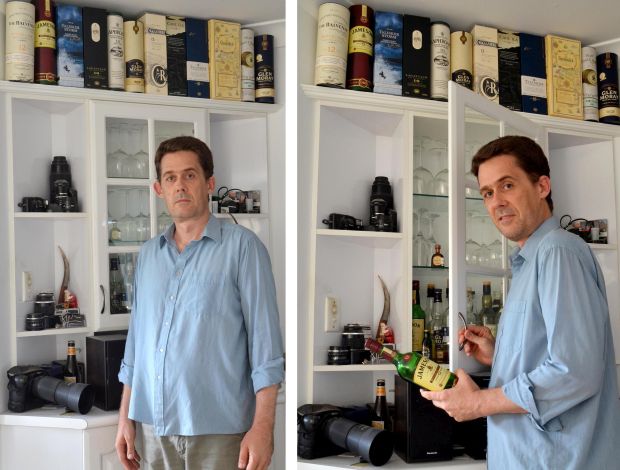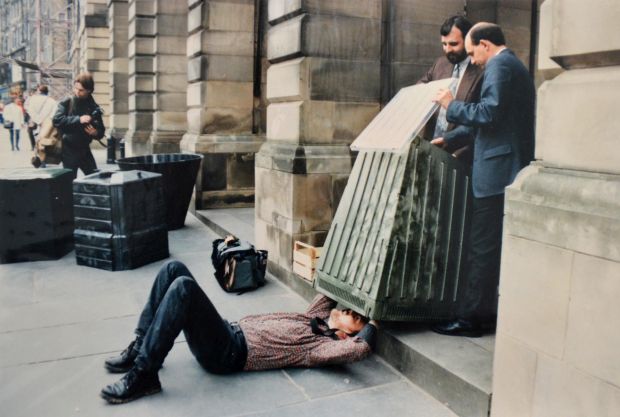I was the national photo editor at ABC News Online - here's what I learned
Giulio Saggin is the former photo editor with ABC News Online and author of "You, The Citizen Photographer: Telling Visual Stories."
When I joined ABC News Online as their national photo editor I was asked to produce a 'how to take photos' presentation for journalists around Australia.
Two quotes came to mind – "a photo tells a thousand words" and "a picture shows something, a photo tells a story" – and when I began deconstructing photos I realised they were 'visual stories' structured in the same way as written stories. Therefore it made sense to develop a presentation using visual examples to show this.
When ABC reporters around Australia viewed my presentation, they loved it. Photography was being translated into a universal language – the written word – and it made perfect sense to them.
My presentation is now a book. It isn't intended to turn you into a photographer. The aim is to give you the basics and get the wheels rolling, like first gear in a car.
My book has over 100 visual examples showing the many parallels between visual stories and written stories. One or more of them should be applied to every photo you take. Whether you are on the job, at a party, on holiday, or walking down the street, a photo that tells a story is far more interesting than a picture that merely shows something.
Below are a few techniques that will make a big difference to a photo:

All stories have a point – an angle – otherwise it's a boring collection of words, written or spoken. We see life at eye level, so photographers try as much as possible to find an angle – crouch, sit, stand on something – to make the point of view more interesting for the viewer. If you can't move your subject, move yourself.

Add the human element
A story has quotes because we are interested in what people have to say. Even a story on an event happening light years away has a quote from an astronomer. Similarly, people make photos more interesting. We, as humans, instinctively react when we see other humans. Rain pouring from the sky during a downpour can look good but someone running through the pouring rain with no umbrella adds interest. We can emphathise – or laugh – because we have all been there.

Smartphones and other hand held devices are primarily designed to be held vertically, so people instinctively turning them around and take a vertical image. Instinct or not, we live in a horizontal world. We scan the horizon 'left to right' and not 'up and down', as we do with a street, a room, a football field, a flood ... the list goes on. Our TVs and movie screens are horizontal for a reason. A well-taken photo and a well-written story are devoid of useless information. Many, if not most, vertical images show the relevant visual information in the centre of the frame, with useless information filling the top and bottom of the frame.



